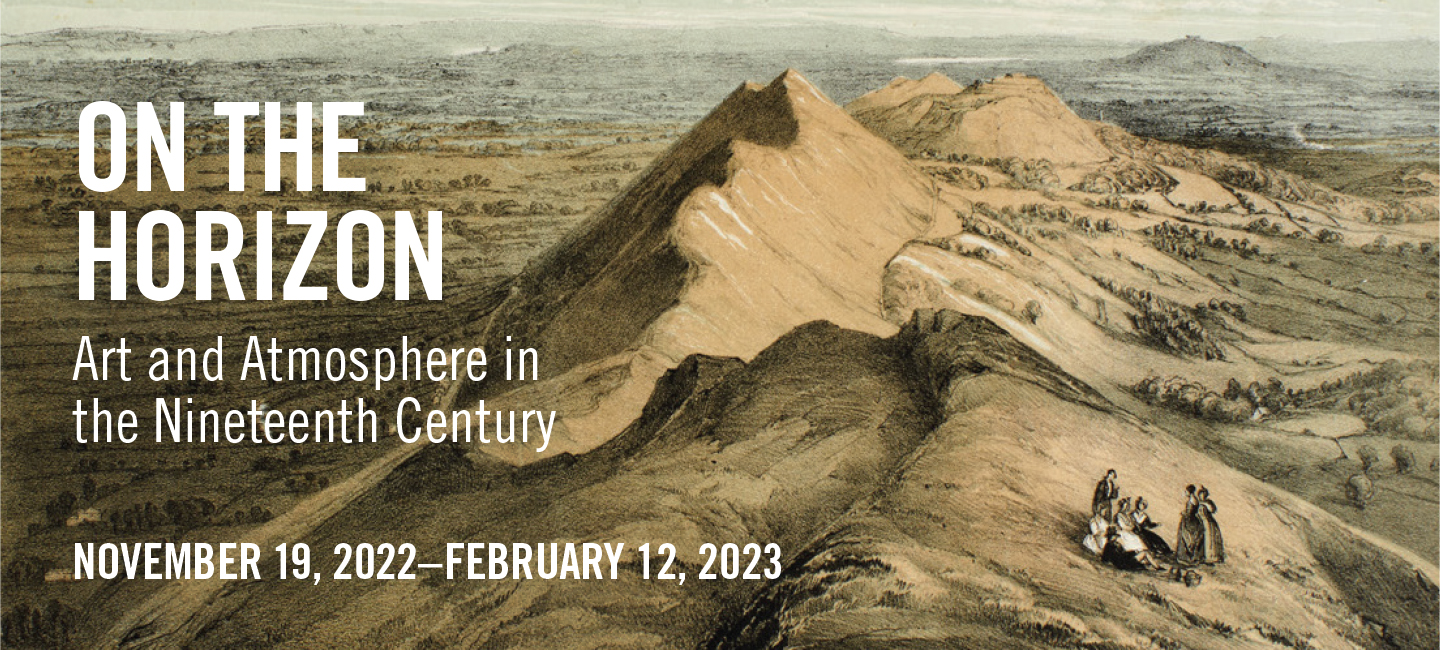The view from up here
 Maxime Lalanne
Maxime Lalanne(French, 1827–1886)
View of Paris from the Louvre
1882
Etching on laid paper
The Clark, William J. Collins Collection, 1982.120
During the second half of the nineteenth century, artists and illustrators increasingly adopted elevated vantage points for their compositions. Although they were following in the centuries-old tradition of bird’s-eye and prospect views, their highly specific perspectives were borrowed from a more modern invention: the panorama, a form of spectacular entertainment invented in London in the late eighteenth century that quickly spread to the rest of Europe and the United States. After climbing a series of stairs in these purpose-built attractions, visitors reached a viewing platform that allowed close study of an unobstructed 360-degree painted view.
With their oblique vantage points, foreshortened architectural details, and visual access to expansive land- and cityscapes, the artworks in this section demonstrate how the experience of the panorama’s viewing platform lingered well past the spectacle’s heyday. French printmakers associated with the etching and woodcut revivals—Charles Meryon, Maxime Lalanne, and Auguste Louis Lepère—used the panoramic view to create innovative scenes of Parisian life. Across the Atlantic, the magazine Harper’s Weekly regularly relied on panoramic views to bring armchair travelers to more far-flung sites.
